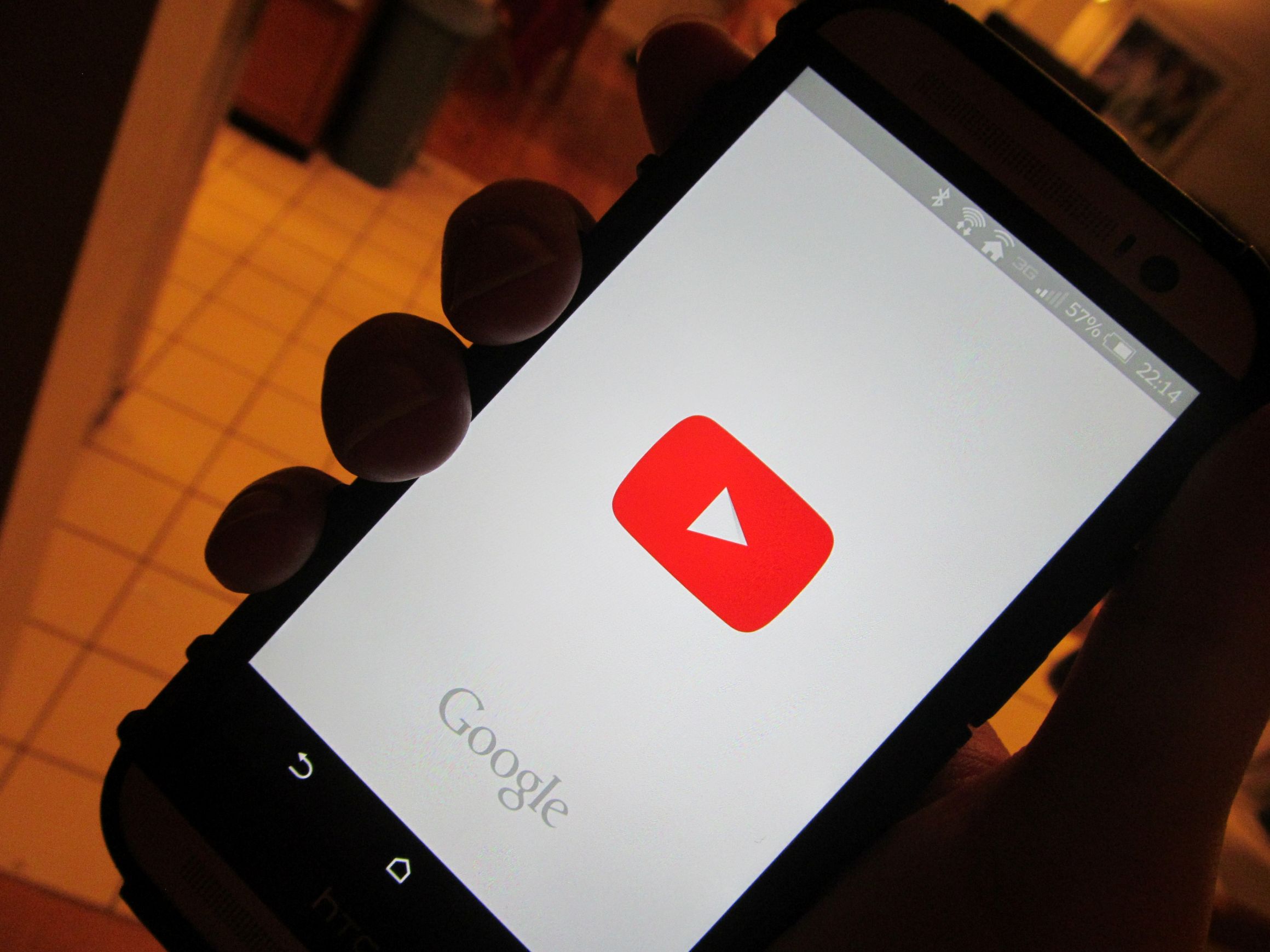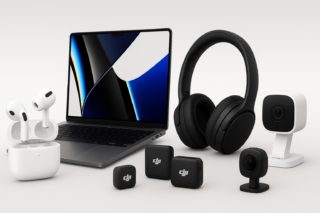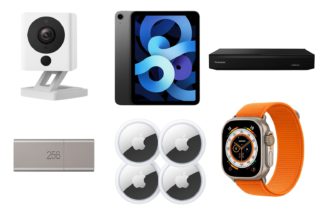YouTube’s algorithm serving you flat-earth videos after watching one Neil deGrasse Tyson clip isn’t just maddening—it’s partially fixable. That three-dot menu hiding next to every video thumbnail contains your best weapon against algorithmic chaos: the “Not Interested” button. Nearly half of users don’t even know it exists.
How to Actually Train YouTube’s Brain
Click those three dots next to any unwanted recommendation, select “Not Interested,” then crucially—choose “Tell us why” for maximum impact. This explicit feedback teaches YouTube’s AI to prune similar content from your homepage feed. Think of it like house-training a very smart, very stubborn digital pet. The “Don’t recommend channel“ option delivers even stronger signals when you want to banish entire creators from your recommendations.
The Lab vs. Reality Problem
Here’s where things get complicated. Controlled experiments show the “Not Interested” button eliminates 88% of unwanted content—impressive numbers that would make any productivity guru jealous. But Mozilla’s real-world investigation tells a different story. In actual usage, these controls prevented only 11% of unwanted recommendations. It’s the difference between a Ferrari’s top speed in ideal conditions versus sitting in LA traffic.
Know Your Battlefield Limitations
Your feedback only affects the homepage recommendation carousel, not the videos suggested while you’re actively watching something. That autoplay queue operates on different logic entirely. The “Don’t recommend channel” option proves more effective in practice, blocking 43% of unwanted content according to Mozilla research. “Remove from watch history” clocks in at 29% effectiveness—still better than the basic “Not Interested” button.
The Nuclear Option Still Exists
Feeling completely algorithmic-poisoned? Pausing your YouTube watch and search history acts like reformatting your recommendation hard drive. YouTube falls back to showing subscriptions and trending content, essentially giving you a blank slate. You’ll lose personalization until the algorithm relearns your preferences, but sometimes starting fresh beats wrestling with an AI that thinks you’re obsessed with cryptocurrency scams.
The frustrating truth remains: 39% of users who actively tried controlling recommendations reported zero improvement. YouTube’s opacity means you’re essentially shouting suggestions into a black box that may or may not be listening. But armed with knowledge about which buttons actually work—and realistic expectations about their limitations—you can reclaim at least some control over your digital attention span.




























